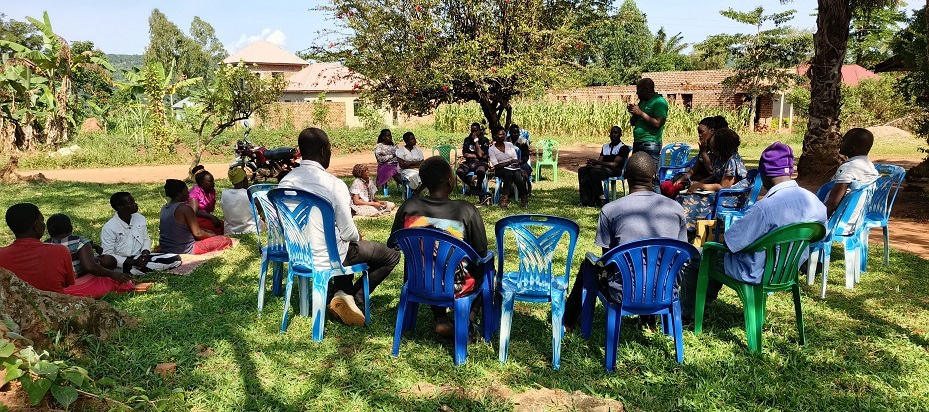Maize from Uganda is flowing into Kenya, setting the stage for a reduction in grain prices.
According to the Eastern Africa Grain Council (EAGC), Kenya has imported 1,396 tonnes from Uganda in the past week.
The maize, which is retailing at an average KSh2, 846 for a 90-kilogramme bag and KSh2,499 at wholesale, is expected to help bring down the price of flour.
“Uganda’s crop is harvested twice a year and this is their most recent yield. The impact from Uganda is significant because it helps Kenya bridge its deficit,” said the EAGC executive director, Gerald Musila.
The council’s Regional Agricultural Trade Intelligence Network (Ratin) said the spike at the Busia border kicked off with 6.5 tonnes on Thursday last week to a high of 703 tonnes this week on Tuesday.
Ratin’s second quarter regional trade report indicated that maize exports from Uganda to Kenya (56,000 tonnes) were 119 per cent higher than in the first quarter, attributed to attractive high prices.
“The prices encouraged farmers and traders to put more marginal supplies into the market before the expected seasonal drop in prices following the June-July harvest,” reads the East African Cross Border report.
The high prices in Kenya also attracted exceptional supplies from Ethiopia – 24,000 tonnes – which were higher than in 2016. Agriculture Cabinet Secretary Willy Bett announced that the State subsidy that has seen the two-kilo maize flour packet retail at Sh90 may be extended to September.
Kenya is still grappling with delayed and inadequate harvests from the grain basket region of North Rift, which has taken a 20 per cent hit from insufficient rains and an attack of the fall armyworm, with little information on how much it will affect yields.
General market Mr Bett said the subsidy would run into the harvest season, when maize prices are expected to fall, offering millers an opportunity to keep flour prices below KSh100.
“The Uganda maize will not flood the country because there were not many imports, which all went to the Government for milling, and loose grain for githeri was not there. This new maize will go to the general market and reach people in shops and markets who could not access the subsidised maize,” said Mr Musila.
Kenya also ran into a trade spat with Tanzania, which subsequently banned grain exports, throwing into a tailspin plans to get maize from Zambia through the southern border.
Source: The Standard





